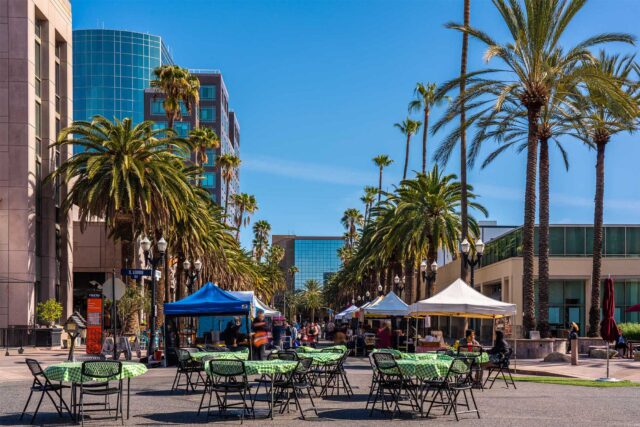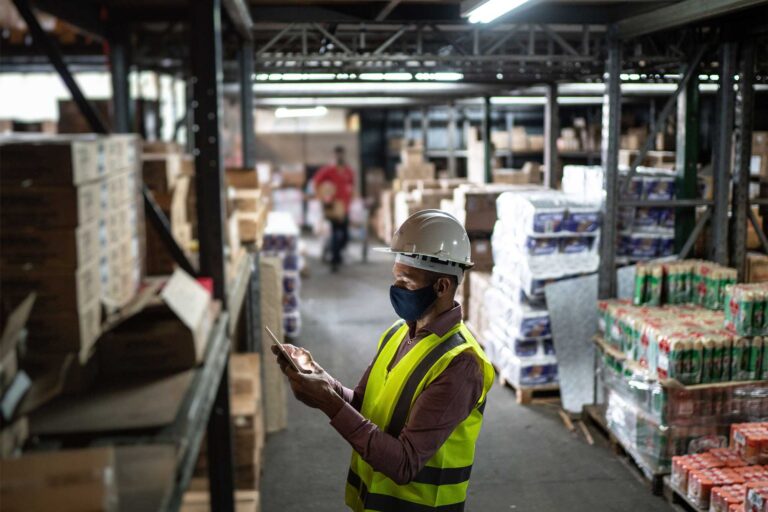This post is part of a series analyzing how job sectors will affect economic recovery in five California regions.
The labor market in Central California exemplifies the striking differences in COVID-19’s impact on regional economies. Over the past year, employment in the Central Valley https://www.ppic.org/news-and-events/blog/?keyword=regional-employment-recoveryfrom Bakersfield to Stockton and along the Central Coast from Santa Barbara to Monterey fared slightly better than other regions. A lower reliance on hard-hit industries buffered Central California from the severe declines in places like Los Angeles.
However, unemployment levels remain high in every Central Valley county, with Kern, Merced, and Tulare above 11% as of March 2021, significantly higher than 8.2% statewide. This reflects above-average unemployment rates in the region from before COVID hit, which could challenge long-term recovery.
From February to April 2020, employment fell 12% in the Central Valley and 13% in the Central Coast compared to 17% statewide. Across metro areas in the region, losses ranged from 9% in Salinas to 19% in San Luis Obispo. However, no major metro—those with pre-pandemic employment above 100,000—has recovered to pre-pandemic levels, though differences across the region are notable.
Stockton improved most, regaining over 82% of initial employment losses and employment; now employment is only 2.2% lower than pre-pandemic. In contrast, the Bakersfield and San Luis Obispo metros recovered less than half of initial employment losses and remain 7.5% and 9.6% below February 2020.
Labor composition served as something of an economic buffer for the region because major metros had fewer jobs in hard-hit sectors. Unlike densely populated coastal cities, Central California relied less on downtown districts that struggled when office workers went remote. Regional employment in hard-hit sectors like leisure and hospitality is 21% lower than a year ago while statewide employment remains 27% lower.
Meanwhile, some cities around Central California benefitted from economic transformations spurred by the pandemic. When in-person activities ground to a halt, US consumers shifted to online purchasing, which raised demand for new jobs in the Central Valley’s growing transportation and warehousing sector. These jobs increased by nearly 13% over the past year, with Fresno (11%) and Stockton (20%) seeing major gains.
The Central Coast had a bright spot with administrative services—jobs such as freight movers, security guards, and janitors increased 3% versus a 4% decline statewide. Retail also fared well: Bakersfield was the only major California metro to gain retail jobs over the past year.
Farm employment is vital to Central California’s economy, and farm workers in this essential industry had relative stability throughout the pandemic. After declining 12% in early 2020, by March 2021 statewide farm employment is above levels from one year ago; in Salinas, farm employment grew 13%.
Despite promising signals from select industries and hard-hit sectors, the economic situation around Central California remains uncertain. Tens of thousands of workers remain unemployed, and even in better economic times, low-wage work and under-employment is more prevalent than elsewhere in the state.
Economic support for Central California must go beyond returning the area to pre-pandemic levels—especially in the Central Valley where household incomes are lower than any other region and had only just recovered from the Great Recession when COVID hit. To shrink long-term regional divides, support for growing sectors like logistics and warehousing must improve opportunities for those who lost jobs or remain in low-wage occupations. New patterns of growth and innovation have brought more well-paid, stable work that has been lacking in Central California. To support inclusive recovery across regions, new investments and innovations must consider the needs of the millions of Californians along the I-5 corridor.
Our next post explores the labor market challenges faced in the Sacramento region.
Topics
agriculture Central Valley coronavirus COVID-19 Economic Trends Economy employment Health & Safety Net Higher Education jobs Jobs and Employment recession recovery regional employment recovery underemployment unemployment Workforce and TrainingLearn More

A Regional Look at California’s Latest Employment Trends

A Regional Look at the Availability of Well-Paying Jobs after COVID

Bay Area Recovery May Lag without Onsite Tech Workers
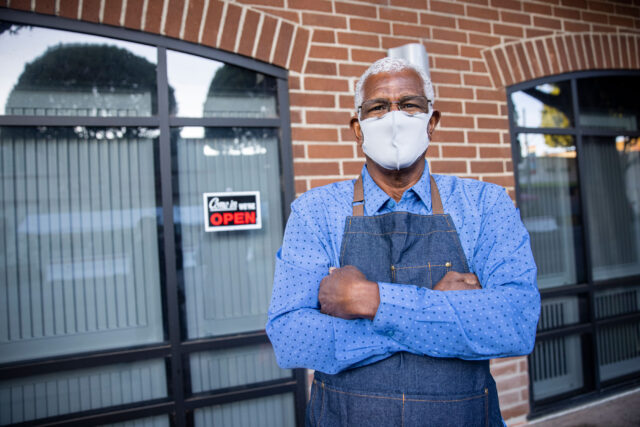
How Did California’s Economy Recover from COVID—and What Comes Next?
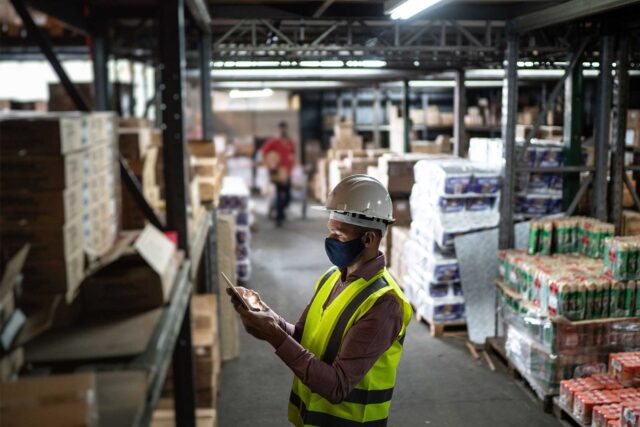
Post Title

Recovery in Los Angeles Is Tied to Hospitality and Hollywood

Regional Trends in Unemployment
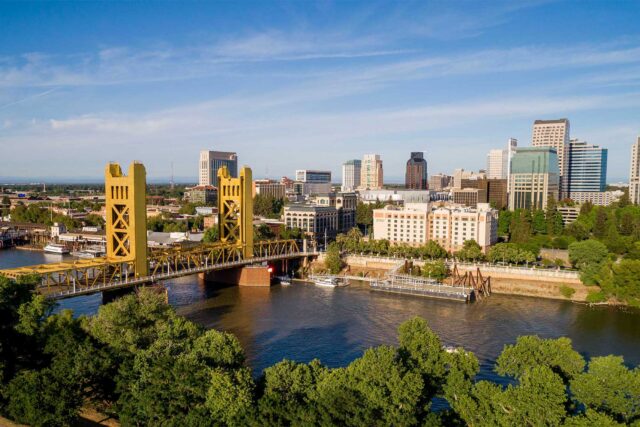
The Sacramento Area Economy Runs on Government
